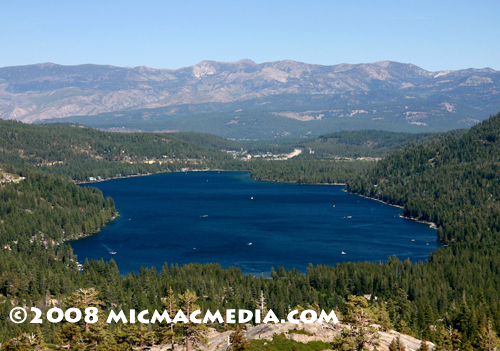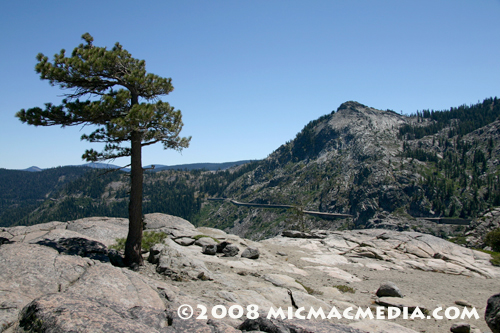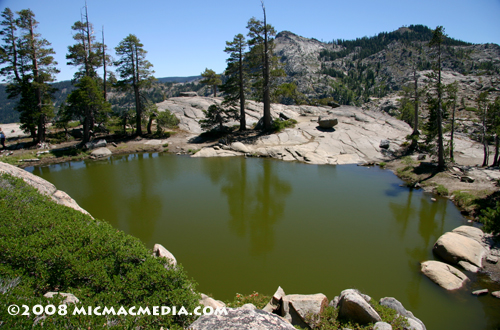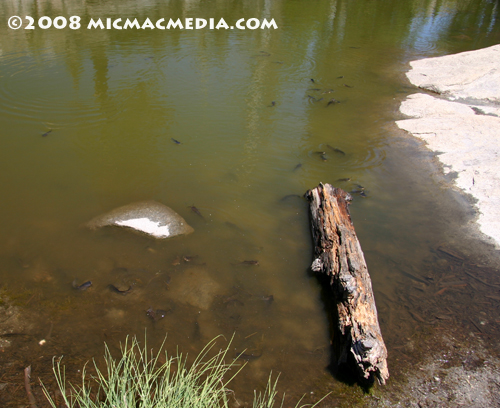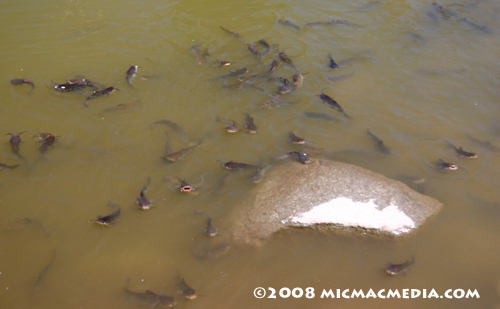 |
|
|
Follow Mark on Facebook for more stories |
||
 |
|||||
|
Tahoe Nugget #146: Chinese Catfish Pond: Donner Pass For the past couple of years I've heard stories about a small pond near Donner Pass that was full of catfish. Apparently, Chinese laborers had planted the fish for food during the 1860s when they were constructing the first transcontinental railroad over the Sierra. Since the pond is located at an elevation of about 7,000 feet, and is a small body of water isolated from any feeder streams, I was definitely skeptical of this "mountain myth" especially since my dog-eared copy of Sierra Nevada Natural History suggests that there are no indigenous catfish in the High Country of the Sierra. There are plenty of unsubstantiated stories that circulate here in the Tahoe-Truckee region and most of these tales are just that, myths that get bantered about by locals over beer. To verify, or more likely discredit the story, I contacted Paul Ackerman, a knowledgeable local who leads hikes in the Donner Pass area. Paul gave me directions to the pond, but it took me two trips to actually locate the little pool of water cradled in a granite depression just off the Pacific Crest Trail. When I finally stumbled upon the elusive pond, I immediately took out the slices of bread that I had brought with me to chum the water for conclusive evidence that there really were catfish thriving in this harsh alpine environment. And lo and behold, within a few minutes there were hundreds of small, 6-inch-long catfish churning up the greenish water like a school of piranhas. A hiker that I met there told me the water had been much clearer and about two-feet deeper six weeks ago. I'm not surprised; we haven't had any measurable precipitation since Memorial Day Weekend. The pond is in an area that averages 33 feet of snow each winter, but generations of these fish have managed to survive the long, cold, snowy winters. As far as the source of the catfish, I know that Central Pacific Railroad supplied their Chinese workers with fresh seafood like abalone and other requested items that the Asian laborers preferred to eat. But it does make sense that the Chinese cooks would stock a nearby pond with tasty catfish to supplement what the railroad provided. It's more surprising that the fish have managed to survive for more than 140 years in this little pond that is frozen and covered with deep snow for up to seven months a year. Photo #1: Great views of Donner Lake on the way to the catfish pond.
|
|||||
|

